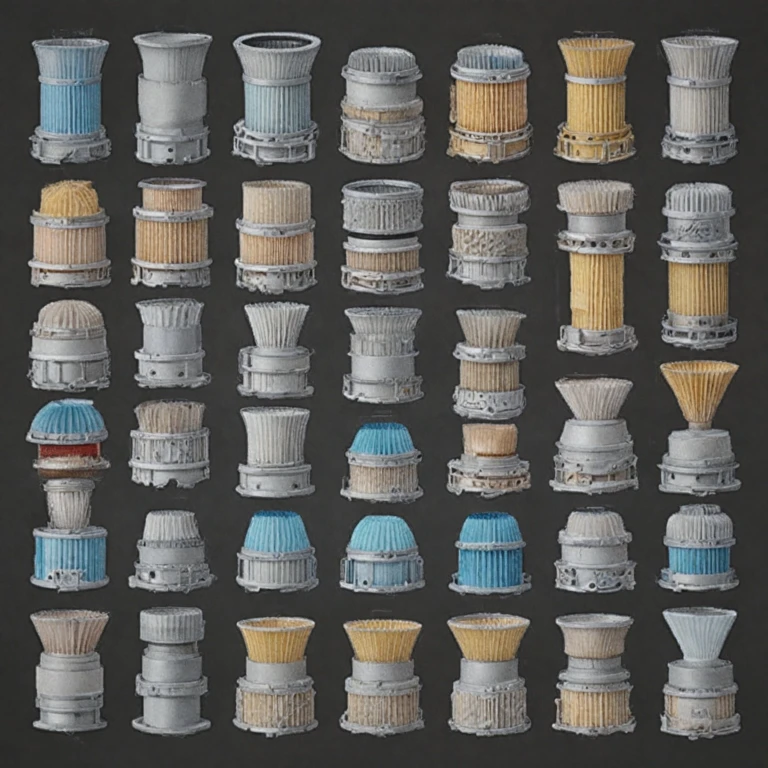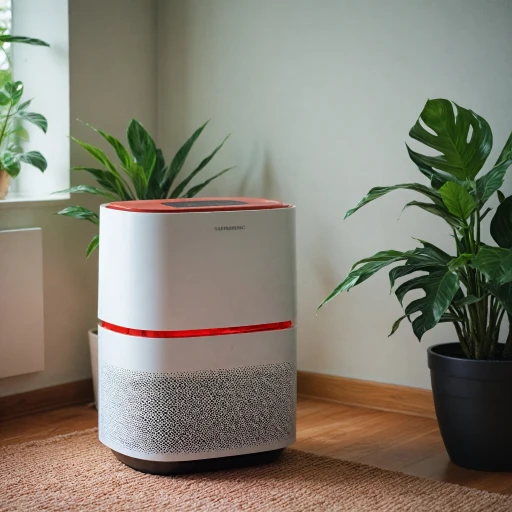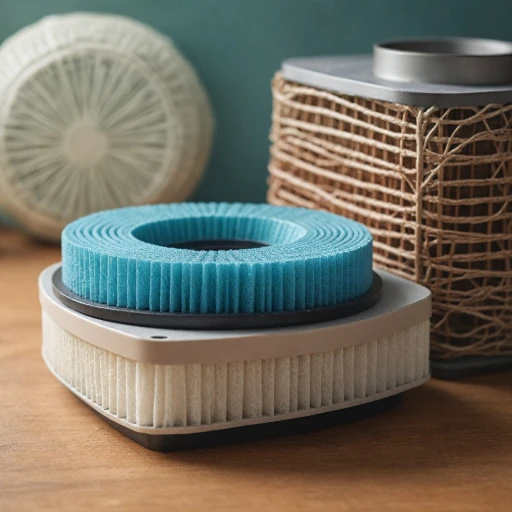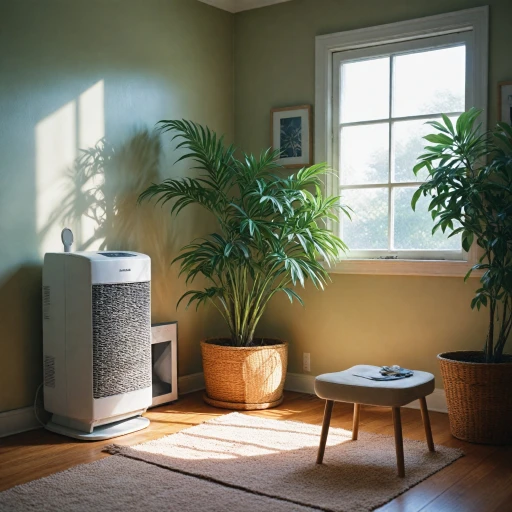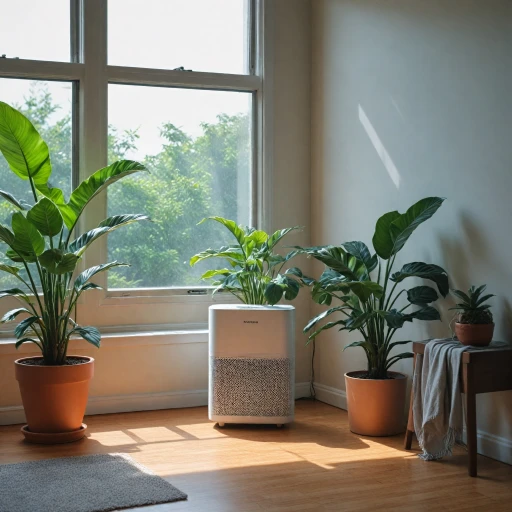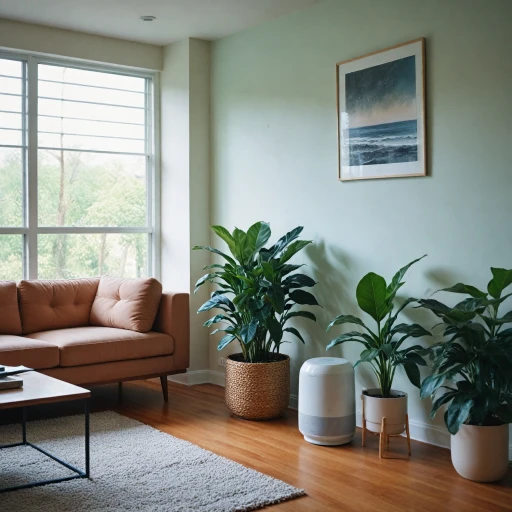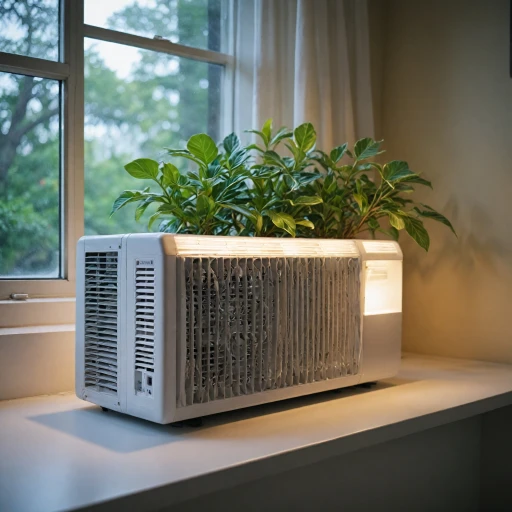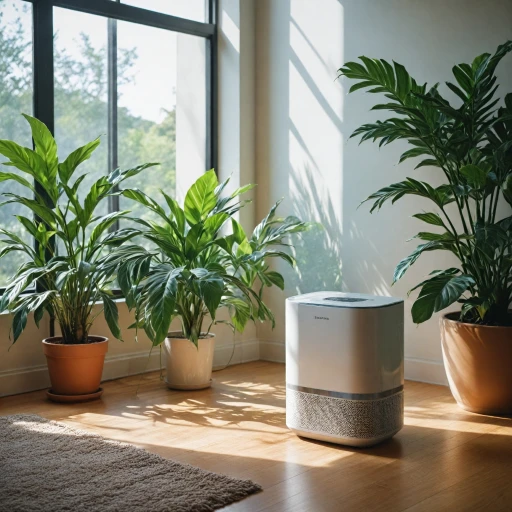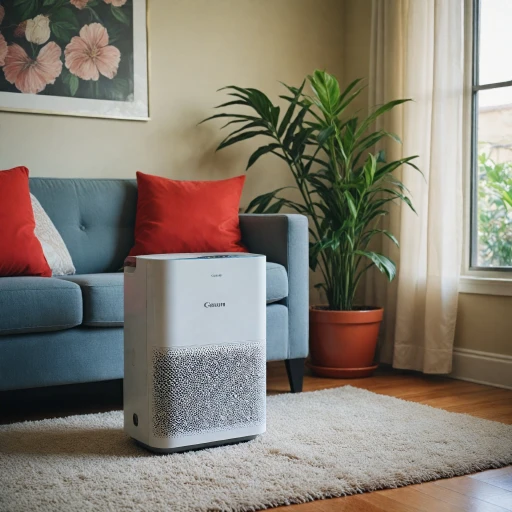
What is FPR and Why It Matters
Decoding the FPR System
The Filter Performance Rating (FPR) is a crucial metric used to evaluate the efficiency of air filters. Developed by The Home Depot, this system helps consumers understand how well a filter can capture particles like dust, pollen, and other pollutants. Unlike other rating systems such as MERV (Minimum Efficiency Reporting Value) and MPR (Microparticle Performance Rating), FPR is specifically designed to simplify the selection process for homeowners.
Why FPR Matters for Your Indoor Air Quality
Understanding the FPR rating is essential for maintaining high indoor air quality. Filters with a higher FPR rating are more efficient at capturing smaller particles, which can significantly improve the air you breathe. This is especially important for those with allergies or respiratory issues. Choosing the right air filter for your HVAC system can enhance its performance and ensure a healthier living environment.
How FPR Compares to Other Systems
While MERV and MPR ratings are also popular, FPR offers a more consumer-friendly approach. MERV ratings focus on the filter's ability to capture larger particles, while MPR emphasizes the capture of smaller particles. FPR combines these aspects, providing a comprehensive view of a filter's performance. This makes it easier for consumers to select the best air filter for their needs.
For those interested in the longevity and maintenance of their filters, understanding signs your HEPA air filter needs replacing can be invaluable. Regularly checking and replacing filters ensures optimal air quality and system efficiency.
Comparing FPR with Other Rating Systems
Distinguishing FPR from MERV and MPR
When you're choosing air filters for your HVAC system, understanding the different rating systems such as FPR, MERV, and MPR is crucial. Each of these systems serves a unique purpose in assessing the performance of air filters, and they can fill different needs based on your indoor air quality requirements.- MERV Rating: Primarily, MERV ratings are widely recognized within air filtration. The Minimum Efficiency Reporting Value system evaluates the filter’s ability to capture larger particles between 0.3 and 10 microns. Higher MERV ratings (such as 13 or above) imply greater efficiency and filtration capabilities but may not always be suitable for every HVAC system due to airflow restrictions.
- MPR Rating: The Micro-Particle Performance Rating, a proprietary system used by a specific manufacturer, focuses on capturing particles smaller than 1 micron. It’s effective for targeting fine dust and allergens, offering a different approach compared to higher MERV-rated filters.
- FPR Rating: This system, although less common, provides a straightforward color-coded scale from 1 to 10, indicating not just what dust and particles the filter will capture, but also including qualitative assessments of air flow and system performance.
How FPR Affects Air Quality
Influence of FPR on Indoor Air Quality
The air quality inside your home is a crucial consideration for health and comfort, and understanding how FPR (Filter Performance Rating) influences this is essential. FPR plays a pivotal role in determining how efficiently air filters capture various particles from the air, including dust, pollen, pet dander, and even some bacteria and viruses. When selecting air filters, it's important to note that a higher FPR typically signifies better filtration efficiency and therefore improved air quality. Enhanced air quality can have a significant impact, particularly for individuals with allergies or respiratory issues. Filters with a higher FPR are designed to capture a broader range of particles due to their advanced materials and construction, which means they are generally more effective in preventing these particles from circulating through your HVAC system and into your living spaces. FPR is comparable to other ratings such as MERV (Minimum Efficiency Reporting Value) and MPR (Micro-Particle Performance Rating), all of which serve the purpose of measuring a filter's performance. Each system may have slight differences in how they rate filters, but the higher the rating, the better the performance in capturing smaller particles. It's essential to choose the right rating system for your needs, keeping in mind how these systems affect indoor air quality. For those interested in exploring the broader impact of air filtration in various settings, such as industrial applications, consider understanding the role of industrial air scrubbers. This can provide insight into how different environments prioritize air quality and the technologies used to achieve it. Ultimately, understanding FPR and how it affects air quality can empower you to make informed decisions about the best air filters for your home, ensuring you maintain a healthy and comfortable indoor environment.Choosing the Right FPR for Your Home
Determining the Best Air Filter for Your Space
Choosing the right FPR for your home involves several factors that go beyond just picking a filter with a high rating. To maximize air quality and performance, you need to consider the specific needs of your indoor environment and the capabilities of your HVAC system.- Assess the Indoor Air Quality Needs: Identify the predominant types of particles in your space. Are you dealing mainly with dust, pet dander, or pollen? The common pollutants present will guide you in choosing an air filter that targets those specific contaminants.
- Understand HVAC System Compatibility: Not all HVAC systems are optimized for higher MERV or FPR ratings. Check your system's specifications to ensure it can handle a filter with a higher level of filtration without compromising airflow or efficiency.
- Balance FPR with Practical Considerations: While a higher FPR rating can indicate better filtration performance, it's essential to weigh this against factors such as cost and maintenance. Higher-rated filters like a high MERV rating may require more frequent replacement, potentially increasing costs.
- Compare with Other Ratings: Look at how FPR aligns with other rating systems like MERV or MPR. Understanding the nuances between these systems will help you gauge the actual filtration efficiency needed to capture the majority of particles for your requirements.
Common Misconceptions About FPR
Debunking Misunderstandings About FPR
When it comes to air filters, one common confusion revolves around the numerous rating systems available, such as FPR, MERV, and MPR. These systems aim to provide a reliable performance rating, yet many misconceptions persist, affecting the way people think about their efficiency and effectiveness. Firstly, some individuals mistakenly believe that all high-performance air filters capture the same particles or offer the same air quality improvement. While higher rated filters generally mean better filtration, different rating systems assess various aspects of air filters. This is where understanding the nuances between MERV rating, FPR, and MPR is crucial to avoid generalizations. Secondly, it’s a common myth that higher FPR ratings always equate to the best indoor air quality. Indeed, higher FPR ratings indicate improved efficiency in capturing finer particles, but this doesn't automatically make them the best choice for every home. Factors such as HVAC system compatibility, energy consumption, and personal needs should be considered when selecting the best air filter. Additionally, users sometimes overestimate the lifespan of a filter with a higher FPR, interpreting it as lasting longer than lower-rated filters. However, the FPR rating focuses on air quality performance, not necessarily on durability or when they should be replaced. Regular maintenance and timely replacement remain essential for filter performance regardless of the FPR. Lastly, some assume that FPR directly translates to MERV and MPR in terms of air filter ratings. It's vital to acknowledge that while these rating systems overlap in certain ways, each uses its unique methodology to assess filter performance, yet no direct correlation exists. By understanding these misconceptions, homeowners can better appreciate the specific characteristics of FPR and make informed decisions concerning their air quality and filtration needs. Paying attention to various factors beyond just the FPR rating will ensure optimal performance and improved air quality in any living space.Future Trends in Air Filter Technology
Emerging Trends in Air Filtration Technology
When it comes to advancements in air filtration, we continue to see promising developments which enhance the efficiency of air filters, such as those rated with FPR (Filtration Performance Rating). As indoor air quality becomes a priority, manufacturers are innovating to meet growing consumer demands.- Enhanced Filtration Materials: The materials used in air filters are evolving, aiming to capture even smaller particles. While HEPA filters have long been the gold standard, new materials are being designed to enhance filter performance.
- Smart Filter Systems: Integration of smart technology is revolutionizing HVAC systems. These smart filters assess air quality in real-time, notifying homeowners when it's time to replace the filter, optimizing system performance and maintaining high air quality.
- Sustainability and Eco-Friendly Options: As environmental concerns heighten, the market is seeing an increase in filters that focus on sustainability, made with eco-friendly materials while maintaining high efficiency in capturing particles and dust.
- Enhanced MERV Rating Systems: There's a trend towards more specific rating systems beyond MERV, with options like FPR and MPR adding more dimension to filter ratings. This allows consumers to make more informed choices about which filter best meets their needs.
- Hybrid Filtration Systems: Combining different filtration technologies into one system is becoming more common. These hybrid systems aim to provide superior air quality by capturing a broader range of particles, ensuring the best indoor air environment possible.
